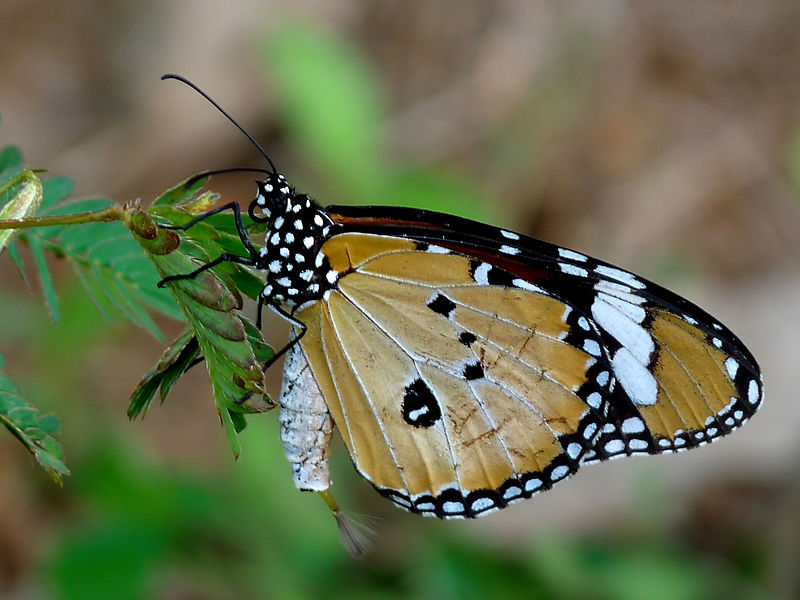
Cool Facts About The African Monarch
- Similar to the regular Monarch Butterfly, the African Monarch has black and white stripes accompanied by yellow spots, which warn predators to stay away since they are poisonous
- The African Monarch possesses tiny scales on its wings, and males have a velvety, black scent spot in the middle of each hind wing, which plays an important role in the courtship process
- Luckily, due to the abundance of the African Monarch Butterfly throughout Africa, there are no conservation concerns for this particular butterfly…how about that, a good news story for once.
The Toxic Butterfly
Catching a glimpse of this magnificent butterfly requires finding a group of milkweed plants, which are usually found in the mixed acacia woodlands. If you are really interested in seeing these butterflies, I suggest checking out Gorongosa National Park as they have an abundant population of African Monarchs that park-goers frequently see. So why are they usually hanging out on milkweed plants? Because it provides them with a great defence mechanism. The African Monarch derives its poisonous nature from its dietary staple during the larvae stage. Yep, you guessed it, milkweed. The larvae of the monarch feed on the milkweed plant and retain the plant’s toxicity as they mature into adults. Once the larvae become adults, they can feed only on liquids, meaning their food source is typically the nectar portion of the plant.
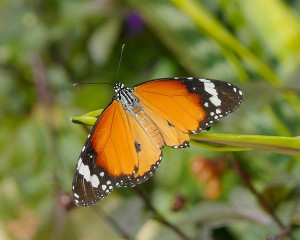
The unique ability of the larvae of the African Monarch to digest the toxic milkweed plant allows them to fly slowly and near the ground so that potential predators have ample opportunity to view the bright colours on their wings and seek food elsewhere. This colouration of the African Monarch is so effective that other butterflies have evolved similar colourations even though they are not poisonous.
Attracting a Mate
When not scaring away predators, this butterfly focuses on finding a mate. Usually, these butterflies will breed year round and the males utilize special scent scales to attract a beautiful female partner. After mating, the female lays her eggs on the underside of milkweed leaves, carefully laying only one egg per leaf to prevent overcrowding. When the egg hatches, the larvae spend this entire stage of development on the underside of the milkweed leaves. Eventually, they form a pupae from which adults emerge. This doesn’t sound like that bad of a life…if you like milkweed.

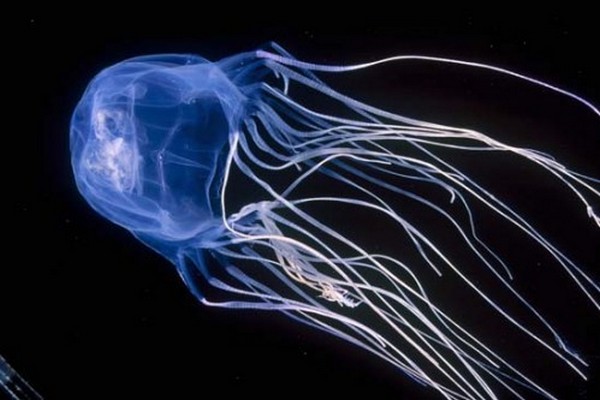
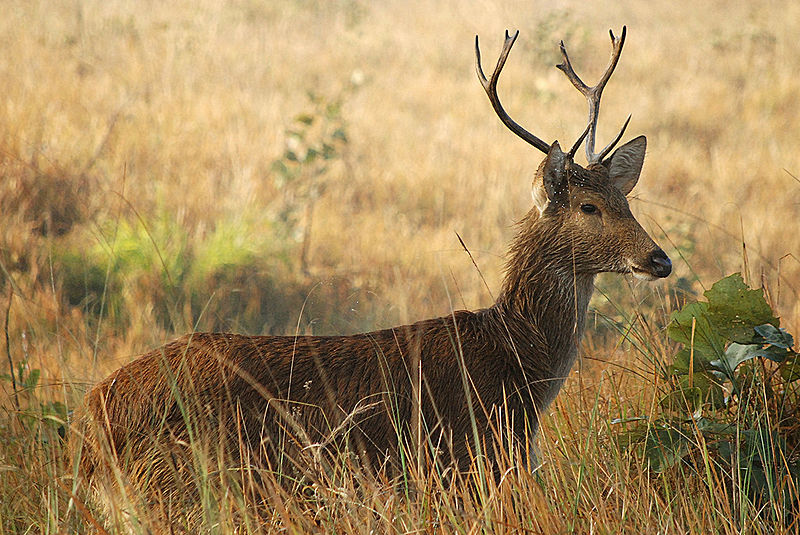
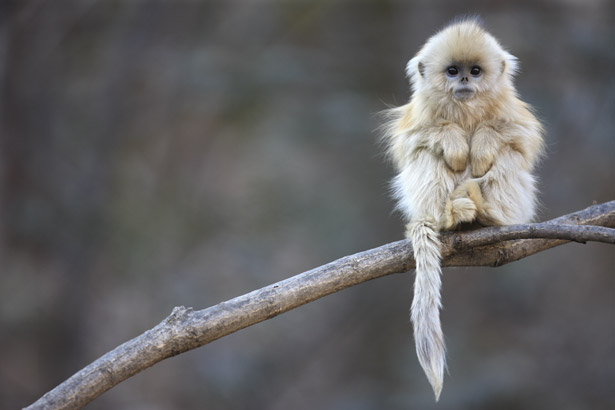
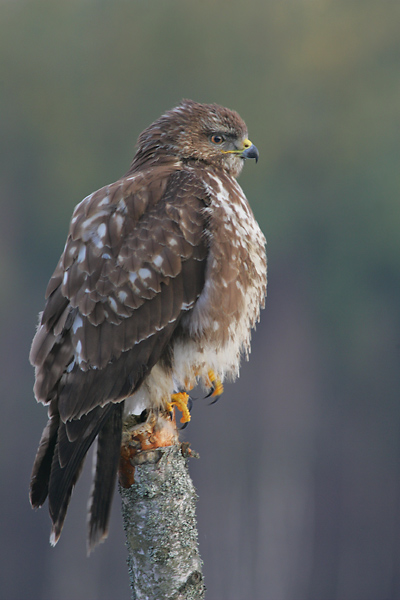
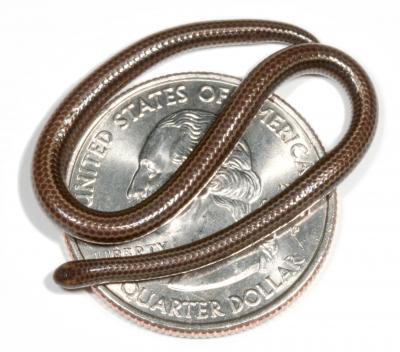
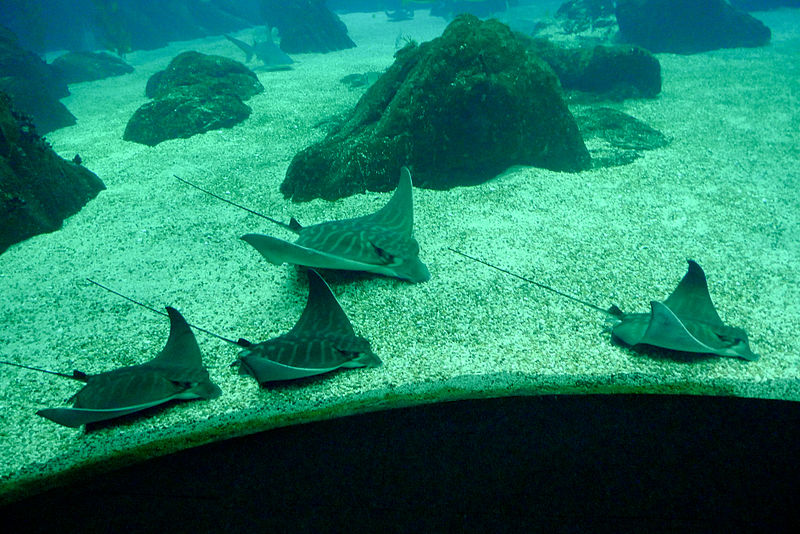
I have a two year-old gompho physocarpa milkweed plant that is producing nearly a thousand viable seeds. If anyone is interested in obtaining any of these seeds at no cost please e-mail. The only thing that I ask is to send me a self-addressed stamp envelope so I can mail the seeds to your address.